In today’s digital age, a compelling travel website is a powerful tool for attracting travelers, providing valuable information, and driving bookings. Whether you’re an individual travel blogger, a travel agency, or a tour operator, a well-designed and informative website can set you apart from the competition. To help you create a compelling travel website, we’ve compiled a list of ten essential tips.
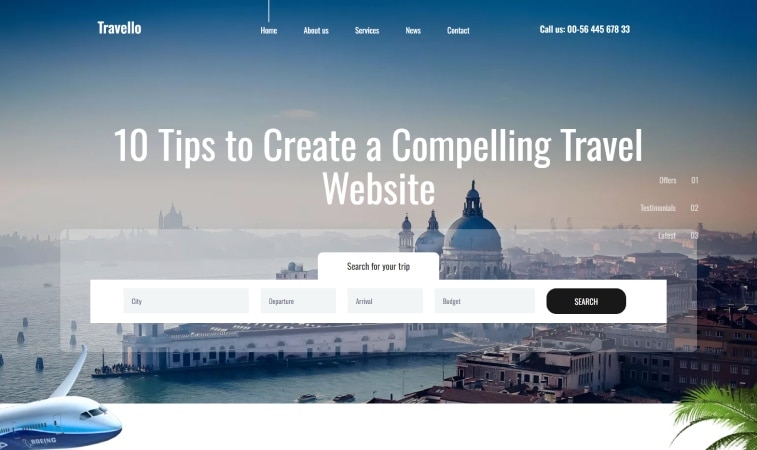
Choose an Engaging Domain Name:
Selecting an engaging domain name for your travel website is a critical step in establishing a strong online presence. Your domain name should reflect your brand, niche, or the essence of your travel website. Keep it short and avoid using special characters or hyphens.

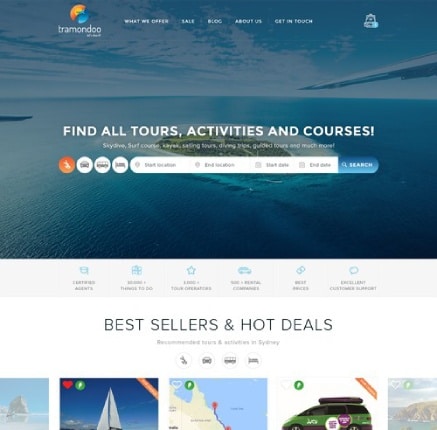
Invest in Professional Design:
Your website’s design should be visually appealing, user-friendly, and responsive across various devices. Invest in professional web design or use website builders with templates designed for travel websites. Ensure your website’s layout and color scheme align with your brand and niche.
Define Your Niche:
Before diving into website design, determine your niche within the travel industry. Are you focusing on luxury travel, adventure travel, budget travel, or a specific destination? Knowing your niche will help you tailor your content, design, and marketing efforts to your target audience.
High-Quality Visual Content:
Travel is a visual experience, so use high-quality images and videos to showcase destinations, accommodations, and experiences. Invest in professional photography or use stock images if necessary. Organize your media into well-structured galleries and provide captions and descriptions.
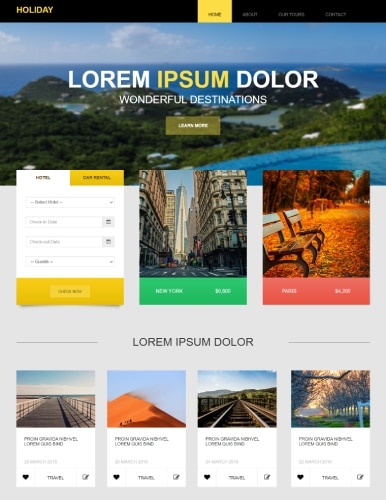
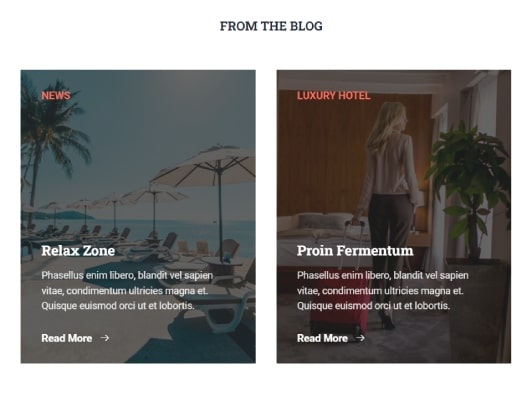
Compelling Content:
Creating compelling content is crucial for attracting and engaging visitors on your travel website. Write travel guides, destination reviews, packing tips, and travel stories. Regularly update your blog to keep visitors engaged and informed. Include captivating headlines and clear, concise writing.
User-Friendly Navigation:
User-friendly navigation is a cornerstone of a successful travel website. Use a clear and intuitive menu structure, with categories like “Destinations,” “Travel Tips,” and “Contact.” Include a search bar for quick access to specific content. Prioritize mobile-friendly navigation for on-the-go users.
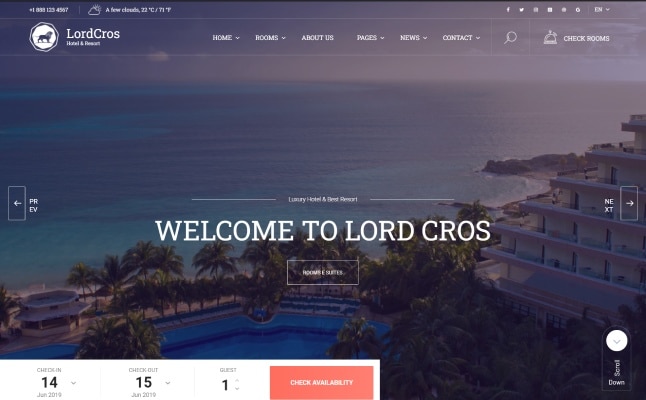
Integration of Booking Tools:
If you offer booking services, integrate reliable booking engines or reservation systems directly into your website. Provide clear calls-to-action (CTAs) to encourage visitors to book hotels, flights, tours, or other travel services. Seamless integration not only enhances user experience but also increases the likelihood of converting website visitors into customers.
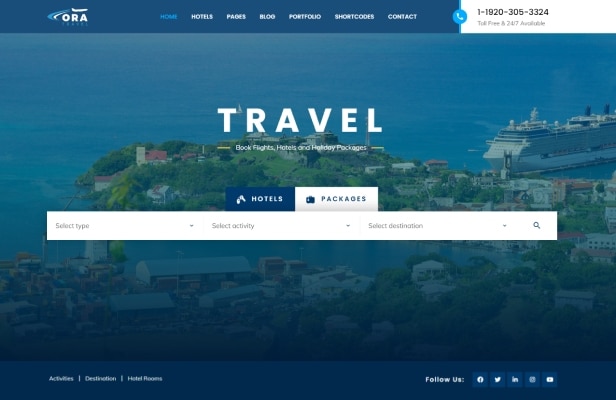
Social Media Integration:
Leverage the power of social media by integrating sharing buttons and social feeds into your website. Encourage visitors to follow your social profiles and share your content. User-generated content, such as reviews and travel photos from social media, can also enhance your site’s credibility.
Optimize for SEO:
Improve your website’s visibility on search engines by optimizing it for search engine optimization (SEO). Research relevant keywords and incorporate them into your content, meta descriptions, and image alt tags. Use descriptive URLs, create an XML sitemap, and build high-quality backlinks.

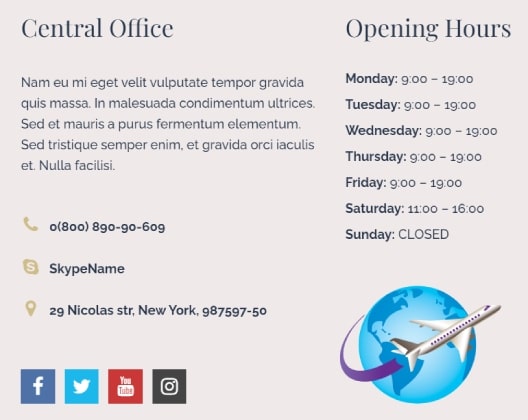
Provide Contact and Support:
Offer clear contact information and support options. Include a dedicated “Contact Us” page with a contact form or email address. Be responsive to inquiries and provide excellent customer support. Engaging with your audience can foster trust and loyalty.
Conclusion:
Creating a compelling travel website requires a thoughtful blend of design, content, and functionality. By defining your niche, investing in professional design, and providing valuable content, you can captivate your target audience and inspire them to explore the world through your website. Follow these ten tips, and you’ll be well on your way to creating a travel website that stands out in the crowded online travel industry.








Leave A Comment